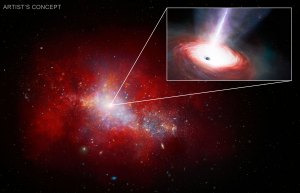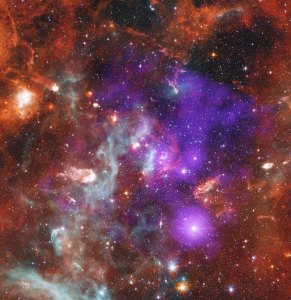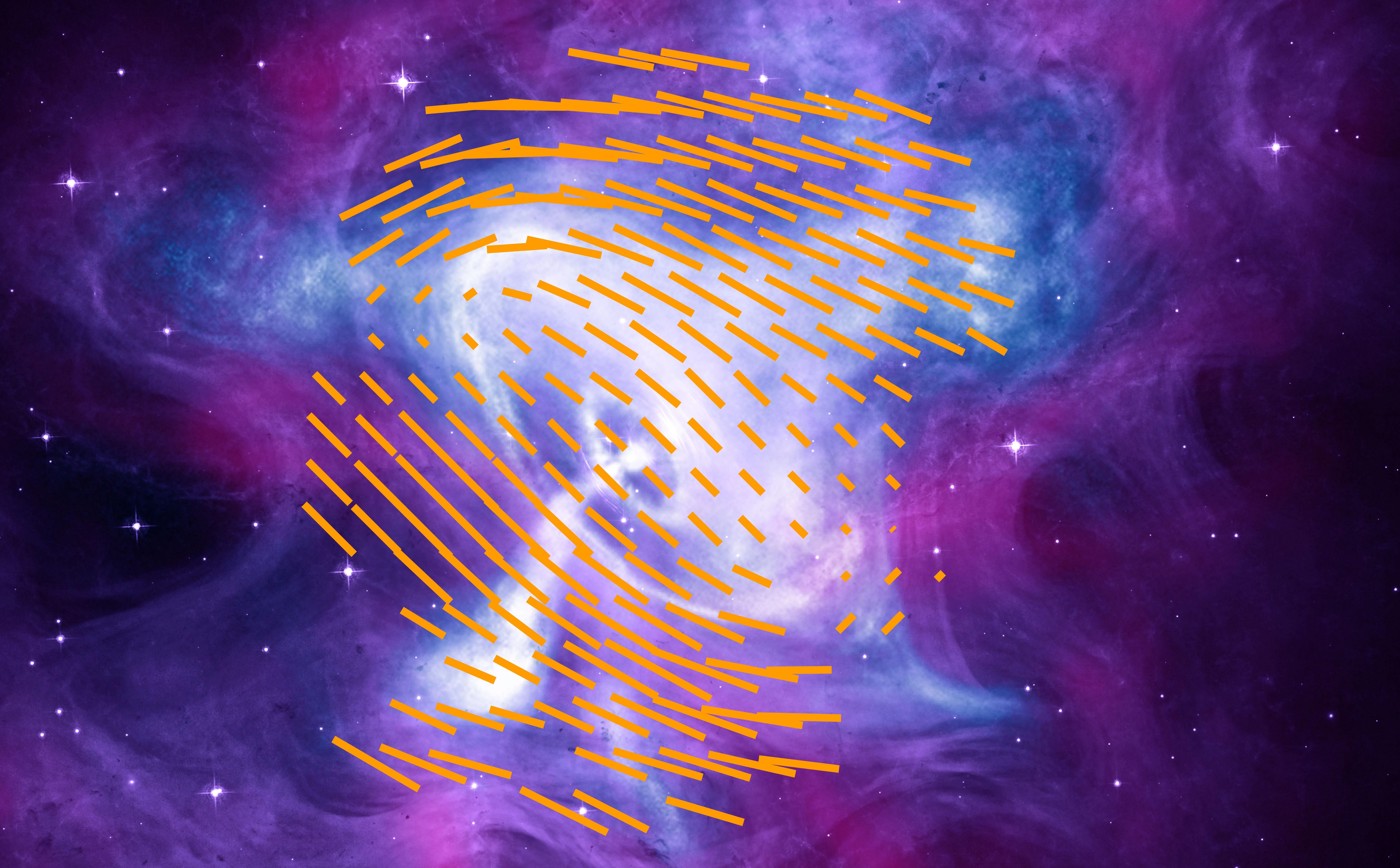Astrophysics Branch
Marshall Space Flight Center's Astrophysics Branch uses space and ground-based observatories to peer back to the earliest epochs of the universe, unravel its mysteries, and study the most violent explosions in our galaxy and beyond. Our goal is to help discover how the universe works, explore how it began and evolved, and search for life on planets around other stars.
View our Team Org Chart
Astrophysics Branch Links:
| IXPE: Imaging X-Ray Polarimetry Explorer | Chandra X-Ray Observatory | Gamma Ray Astrophysics | Lynx X-Ray Observatory |
Astrophysics Branch Updates

A rapidly feeding black hole at the center of a dwarf galaxy in the early universe, shown in this artist’s concept, may hold important clues to the evolution of supermassive black holes in general. Using data from NASA’s James Webb…

Most stars form in collections, called clusters or associations, that include very massive stars. These giant stars send out large amounts of high-energy radiation, which can disrupt relatively fragile disks of dust and gas that are in the process of…

New findings using data from NASA’s IXPE (Imaging X-ray Polarimetry Explorer) mission offer unprecedented insight into the shape and nature of a structure important to black holes called a corona. A corona is a shifting plasma region that is part…

The study of X-ray emission from astronomical objects reveals secrets about the Universe at the largest and smallest spatial scales. Celestial X-rays are produced by black holes consuming nearby stars, emitted by the million-degree gas that traces the structure between…

NASA’s Chandra X-ray Observatory and other telescopes have identified a supermassive black hole that has torn apart one star and is now using that stellar wreckage to pummel another star or smaller black hole, as described in our latest press…


























